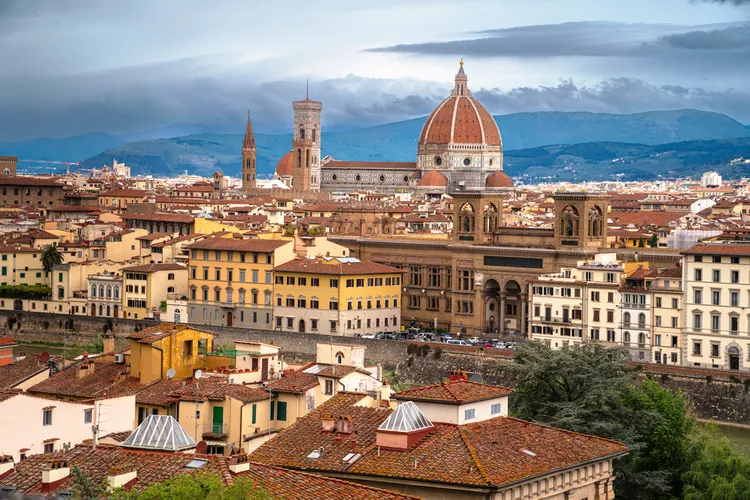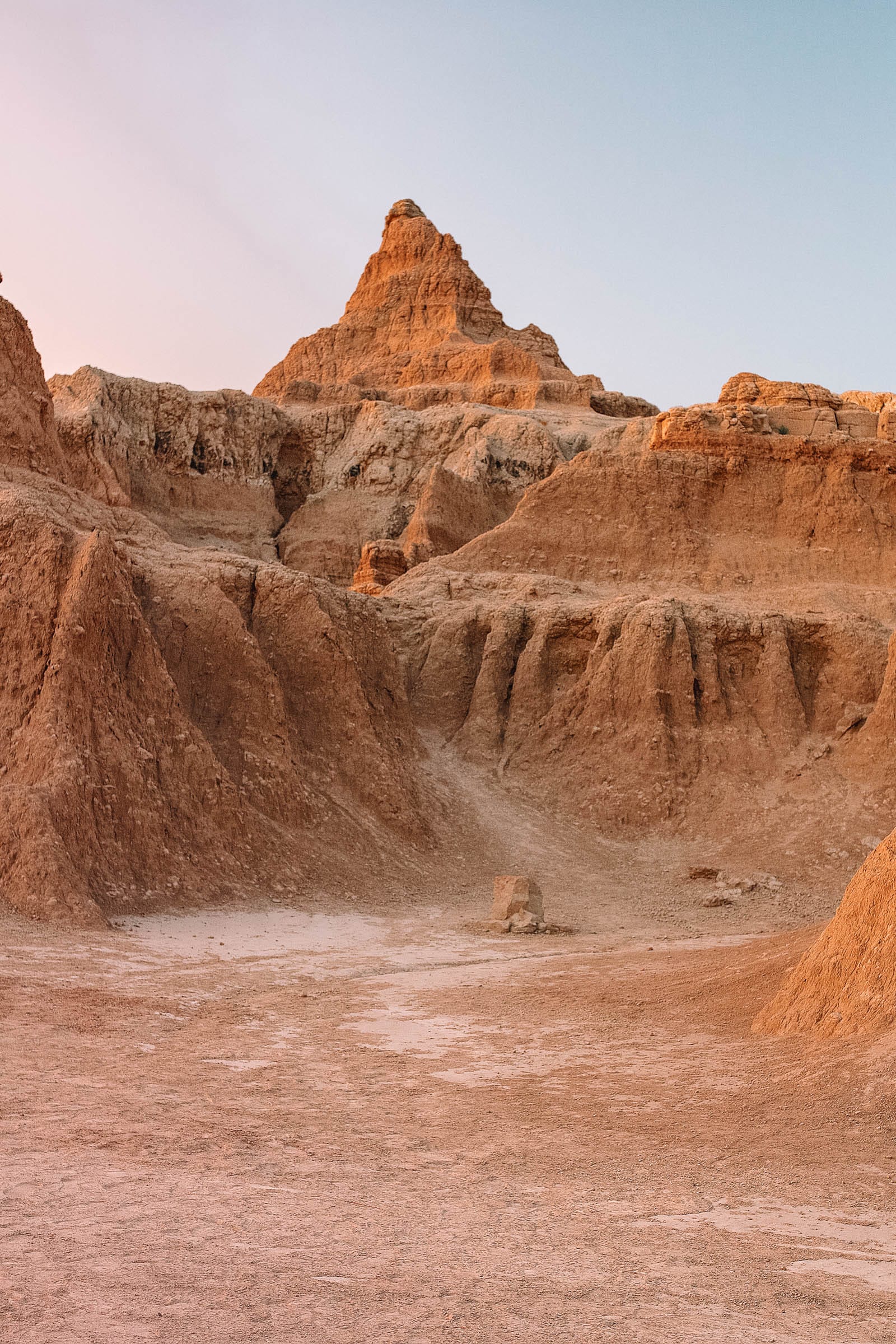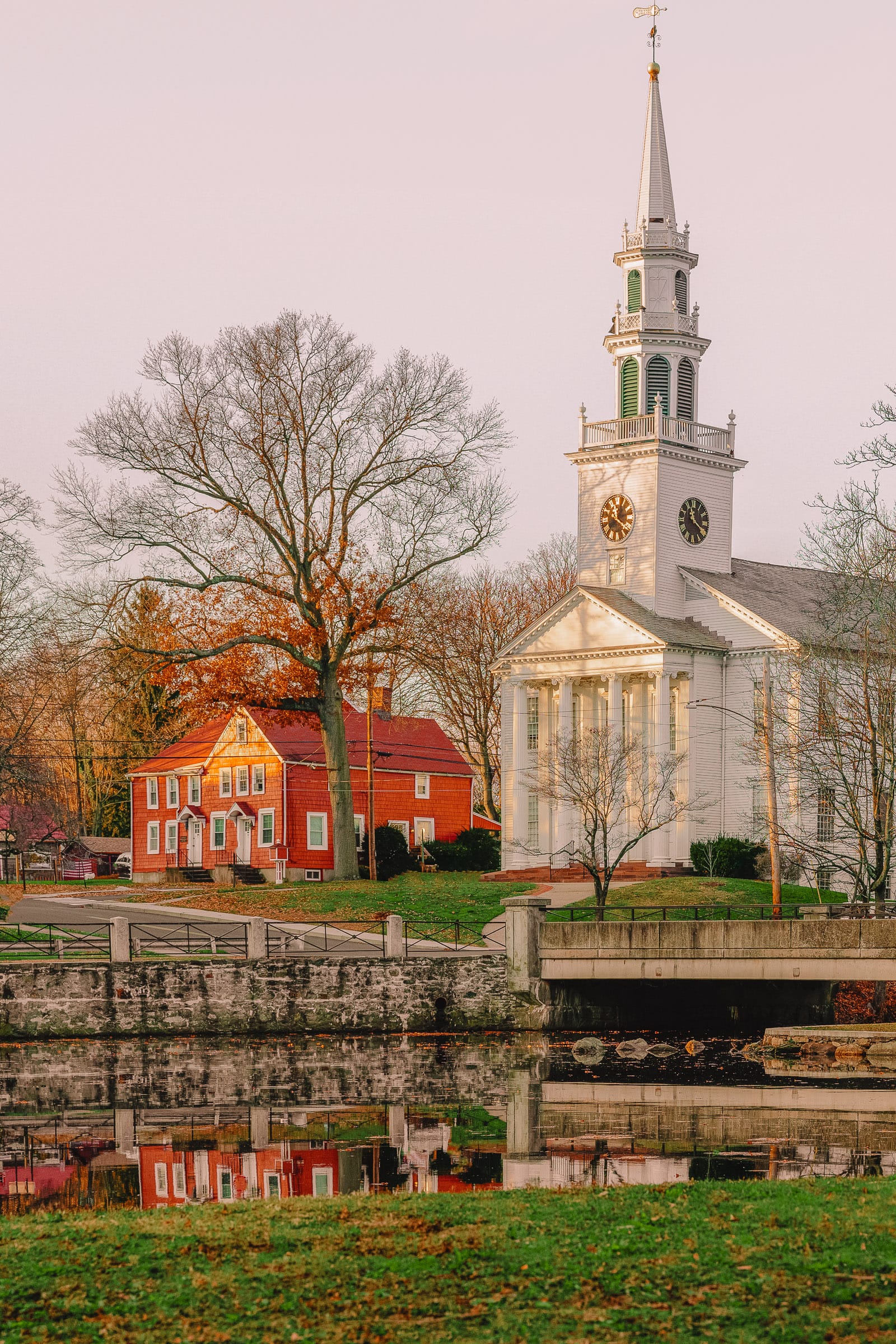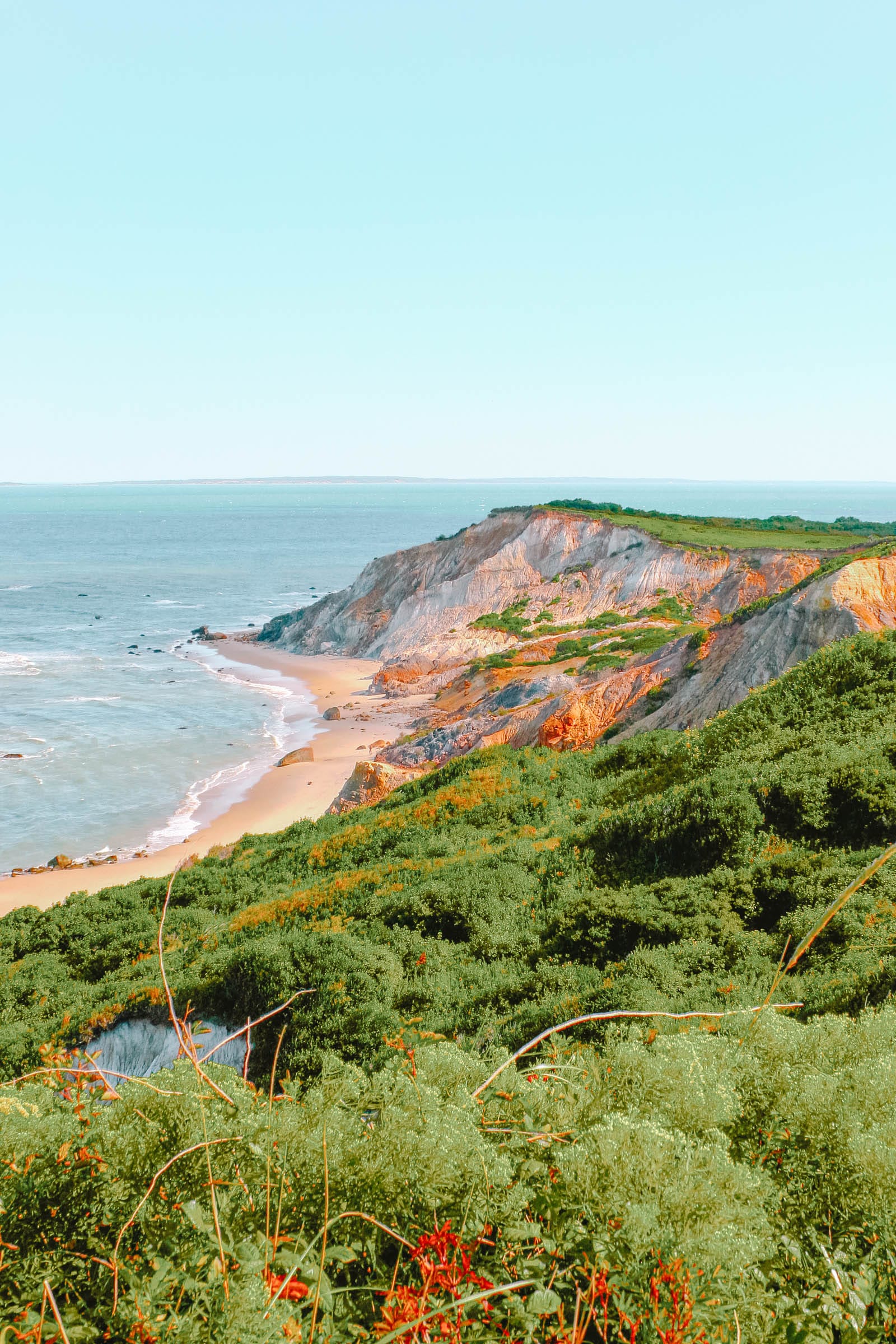Summary of Best Things to Do in Lunel
Located in the Hérault Department of the South of France, Lunel is a charming town adjacent to the renowned Camargue marshes. Although its location is remarkable, Lunel has traditionally evaded the spotlight of mainstream tourism. However, this trend may soon shift as several impressive museums and attractions have recently been established or renovated.
The town boasts a captivating Roman site, a museum featuring a rich collection of rare books and manuscripts, and a medieval prison tower adorned with historic graffiti. The Mediterranean coastline and the beautiful Plage de l’Espiguette are within proximity, and wine enthusiasts can taste the local muscat at nearby caves and vineyards. Additionally, the enchanting landscape of the Camargue, known for its white horses and fighting bulls, lies almost at Lunel’s doorstep.
Let us delve into the most notable attractions in Lunel:
1. Ambrussum

The Via Domitia, a Roman road established in the 2nd century BC, stretched several hundred kilometers from present-day Spain to Rome.
Ambrussum, located on the outskirts of Lunel, served as a critical stopover between Montpellier and Nîmes.
The area features an oppidum, a fortified settlement with notable ramparts that have been excavated.
Additionally, remnants of a staging post, including tavern foundations, a Roman bridge, and a small museum housing artifacts discovered at the site, can be observed.
The flagstones display markings left by ancient chariot wheels, adding to its historical allure.
The picturesque remnants of the bridge, with one remaining arch, were famously painted by Gustave Courbet in the 19th century.
2. Musée Médard

The museum is named after Louis Médard, a wealthy bibliophile from Lunel, who accrued a fortune from his family’s wine-trading enterprise during the 18th century.
Later, he expanded his wealth through a successful Indienne silk textiles factory, which he used to create an extraordinary book collection.
Upon his death in 1841, he bequeathed 5,000 rare and invaluable books and manuscripts to Lunel, which are now elegantly displayed in fine wooden cabinets at the Neoclassical Hôtel Paulet, the museum’s home since 2014.
3. Le Musée de la Tour des Prisons

Located in the historic quarter of Lunel, the striking 16-metre defensive tower, constructed in the 1000s to oversee the Notre-Dame gate, is impossible to overlook.
During the French Wars of Religion, it was converted into a prison and remained so until 1917. In 2014, the secrets of its dungeons were unveiled to the public, revealing over 300 pieces of historic graffiti scratched into plaster and limestone using metal tools.
While some prisoners merely inscribed their names, others left behind intricate messages and drawings, including some of a graphic nature. Additionally, there is an intriguing collection of artifacts found in the old latrines, including coins, dice, scissors, shoes, marbles, and glass bottles.
4. Sights around Old Lunel

The medieval center of Lunel is a delightful labyrinth of streets that have been lively since the early Middle Ages.
The Pays de Lunel tourist office, located within the 18th-century arcaded Halle aux Poissons (fish market), serves as an excellent starting point for exploration. Among the must-see landmarks is the Hôtel Philippe le Bel, a 14th-century Gothic mansion featuring ogival windows and intricate carvings symbolizing royal authority.
Another noteworthy property is the Hôtel de Bernis, built in 1704, which boasts a secluded courtyard garden and remnants of an earlier medieval residence.
One curiosity worth noting is the replica of Bartholdi’s Statue of Liberty, erected in 1889 to celebrate the centenary of the Revolution.
5. Notre-Dame du Lac

The primary church in Lunel was demolished in the 16th century during the Wars of Religion, and the current structure is an impressive Baroque edifice rebuilt in the 17th century.
In 1984, the facade’s alcoves, pilasters, scrolls, and pediment were meticulously restored to their original grandeur.
However, the highlight is the interior, which houses an organ crafted by Aristide Cavaillé-Coll, a prominent 19th-century organ builder. This remarkable instrument, added in 1856, continues to function perfectly.
6. Lunel’s Markets

In line with many charming French towns, Lunel features an elegant market hall, inspired by Victor Baltard’s famous Halles in Paris.
Established in 1911, Lunel’s market continues to operate daily until 1 PM, offering a vibrant selection of regional cheeses, fruits, vegetables, seafood, meats, and poultry.
Surrounding the market are delightful bistros, perfect for a lunch break.
On Sundays, the outdoor market at Esplanade Roger d’Amour features 160 stalls presenting an array of clothing, fabrics, and artisanal products such as honey, olive oil, and herbs.
7. Lunel Arboretum

Located south of Lunel, near the old canal, lies a botanical garden that exhibits a diverse range of Mediterranean trees and flora.
Across two hectares, visitors can explore over 17,000 plants representing 130 species.
These are organized into six “rooms,” each depicting a different era, illuminating the evolution of the region’s plant life from the Paleolithic to contemporary times, alongside the impact of human activities.
The arboretum is replete with olive trees, carob trees, juniper bushes, wild herbs, a variety of fruit trees, and cacti.
8. Viavino

Founded in 2013, Viavino is a wine tourism venue nestled within vineyards designed to inform visitors about the Pays de Lunel terroir.
The attraction truly comes alive during summer when adults can partake in tasting sessions, guided vineyard tours, and seminars focused on various aspects of wine.
A small museum detailing the history of wine production in the area, along with a restaurant and an outdoor theater showcasing short performances, also enrich the experience.
Additionally, families are accommodated with a playground, street performers, and donkey rides for children.
9. Plage de l’Espiguette

Offering both a serene escape by the Mediterranean and an extraordinary natural landscape, the Plage de l’Espiguette is an expansive beach stretching 18 kilometers along the coast.
Its dunes create a natural barrier for the flat Camargue region, achieving heights of over 10 meters at certain points, making the beach appear as a boundless stretch of sand.
As you move eastward, the beach becomes increasingly secluded, eventually leading to a designated naturist area several hundred meters from the Grau-du-Roi resort.
In this unspoiled environment, sea swells are more pronounced, and the consistent winds provide ideal conditions for kite surfers.
10. Plage du Couchant

Situated just 15 minutes south of Lunel, the Plage du Couchant offers a similarly impressive beach experience.
This beach shares many characteristics with Plage de l’Espiguette, featuring a vast expanse of soft sand bordered by dunes.
However, the shoreline here is somewhat more sheltered, resulting in calmer waves, which are more suitable for novice swimmers.
Furthermore, contemporary holiday communities near Plage du Couchant ensure visitors have access to essential services, including sun-lounger rentals, beach volleyball, and showers.
11. Petite Camargue

Directly to the south of Lunel lies the Petite Camargue, a wetland region named similarly to the more expansive Camargue.
Both regions share a rich agricultural lifestyle, featuring herders on Camargue horses raising fighting bulls in the fields.
The flat landscape is protected from the sea by an extensive chain of coastal dunes.
For birdwatchers, the Petite Camargue offers an idyllic environment teeming with teal, stilt, tern, and coot species.
12. Aigues-Mortes

Aigues-Mortes, a medieval city surrounded by ancient walls, is located a brief drive to the south.
In its prime, when water levels were slightly higher, French monarchs departed from Aigues-Mortes to embark on the Crusades.
Louis IX (Saint Louis) notably set sail twice from Aigues-Mortes during the 13th century, establishing the Tower of Constance in 1242, which today stands at 40 meters, with walls measuring six meters thick at its base.
Visitors can scale the battlements and enjoy panoramic views of the Camargue salt marshes, much like the guards would have during Charlemagne’s reign.
13. Course Camarguaise

Bullfighting remains a popular cultural event in the regions of Languedoc and western Provence, with Lunel housing its own arena for the sport.
For those intrigued by traditional customs yet hesitant about animal cruelty, the Course Camarguaise, held in July, presents a unique alternative.
This involves bulls charging at participants in a non-lethal spectacle, wherein seasoned participants compete to seize rosettes tied between the bulls’ horns without causing harm to the animals.
The bulls take center stage while competitors experience thrillingly close encounters.
14. Muscat de Lunel

After a visit to Viavino, exploring the surrounding vineyards will likely become a priority.
The vineyards cultivating Muscat de Lunel are situated on gentle slopes typically oriented toward the Mediterranean, capturing the refreshing sea air that mitigates summer heat.
This sweet wine serves excellently as an aperitif or alongside desserts.
Over 20 domains, cooperatives, and caves are nestled within a few kilometers of Lunel.
Many produce Muscat, while others craft a variety of wines under the Languedoc AOC designation.
15. Local Specialities

Recognized by its low fat content and rich red hue, Camargue beef, raised on cereals and meadow grass, has been awarded AOC status.
The meat is used extensively in Gardianne, a traditional beef stew braised with onions and red wine, which can take up to four hours to prepare. It is typically served with a generous portion of white rice, complementing Languedoc’s robust red wines.
For centuries, the Camargue has also been home to oyster and mussel farms. Local shellfish is incorporated into salads and soups or served raw on half-shells over ice.
A regional winter delicacy is brandade, made from salted cod blended with milk and olive oil, which is then baked. This dish, originally from Nîmes, has gained popularity throughout the Mediterranean region.




